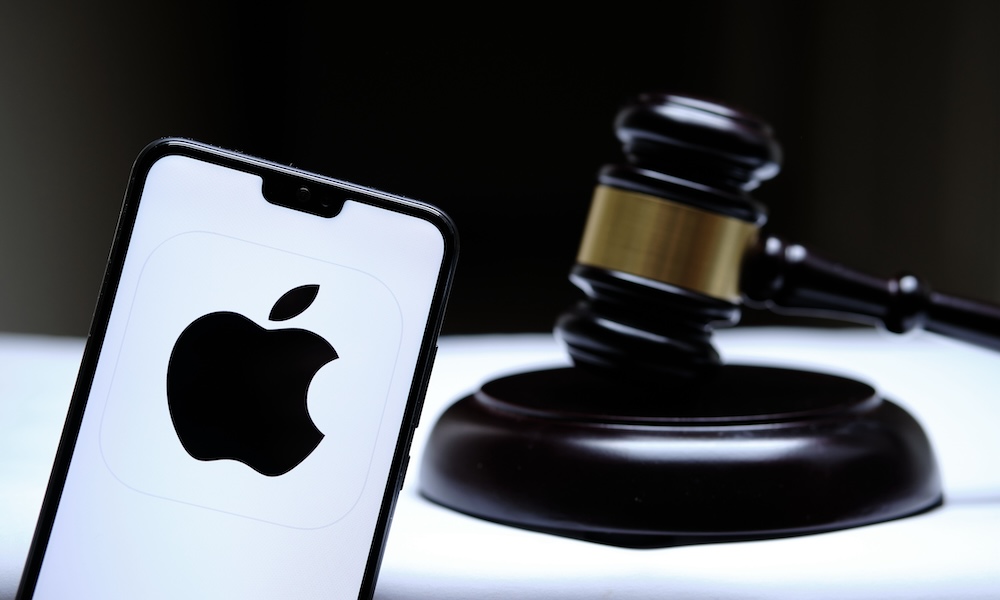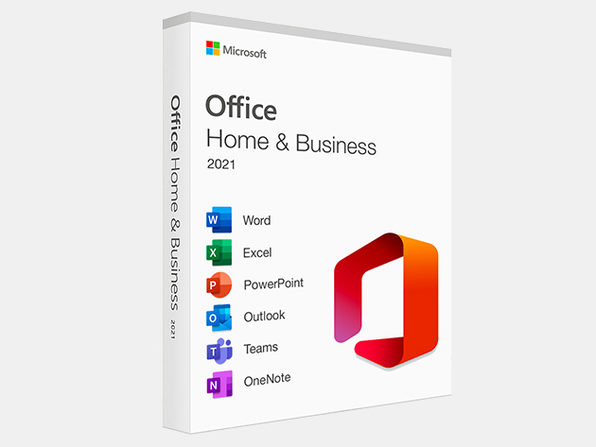Apple Slams DOJ Lawsuit as a Threat to the Future of Tech
 Ascannio / Adobe Stock
Ascannio / Adobe Stock
Toggle Dark Mode
This week, Apple filed a response to the United States Department of Justice’s antitrust lawsuit, providing rebuttals to the DoJ’s claims, while also pointing out what it says are flaws in the DoJ’s accusations.
Apple claims the lawsuit has the potential to “set a dangerous precedent” that would allow the government to steer the direction of design and the functionality of technology, threatening “the very principles that set the iPhone apart” from other devices.
An antitrust lawsuit was filed against Apple in March 2024 by the Justice Department and 16 other US state and district attorneys general, accusing the company of violating multiple US federal and state antitrust laws, including the Sherman Act, and claiming the Cupertino firm has an illegal monopoly in the smartphone market.
When the lawsuit was filed, the DoJ provided five examples of how Apple has stifled competition and locked its customers into the iPhone ecosystem:
- Blocking Innovative Super Apps. Apple has disrupted the growth of apps with broad functionality that would make it easier for consumers to switch between competing smartphone platforms.
- Suppressing Mobile Cloud Streaming Services. Apple has blocked the development of cloud-streaming apps and services that would allow consumers to enjoy high-quality video games and other cloud-based applications without having to pay for expensive smartphone hardware.
- Excluding Cross-Platform Messaging Apps. Apple has made the quality of cross-platform messaging worse, less innovative, and less secure for users so that its customers have to keep buying iPhones.
- Diminishing the Functionality of Non-Apple Smartwatches. Apple has limited the functionality of third-party smartwatches so that users who purchase the Apple Watch face substantial out-of-pocket costs if they do not keep buying iPhones.
- Limiting Third Party Digital Wallets. Apple has prevented third-party apps from offering tap-to-pay functionality, inhibiting the creation of cross-platform third-party digital wallets.
Since the March 2024 filing, Apple has made moves to address many of the DoJ’s claims. For example, with the release of iOS 17.4, Apple removed cloud streaming app restrictions, as well as restrictions on apps that offer mini games on the iOS platform.
The release of iOS 18.1 saw Apple open up access to NFC, allowing support for contactless payments via third-party payment apps.
Apple has also adopted RCS since the filing, providing enhanced messaging interoperability between Android and iPhone devices. However, it still does not allow third-party messaging apps to receive SMS or RCS messages outside.
Apple says the DoJ has unfairly portrayed Apple’s market position, as the department uses revenue as its metric for determining market share instead of unit sales. Apple says this is “unreasonable.” The DoJ claims “performance smartphones” are a separate category from standard smartphones, even though the industry doesn’t recognize that as a category. Apple also argues that its iPhone sales in the US do not accurately reflect the competition it faces elsewhere in the world.
Apple also points out that the Department of Justice’s lawsuit did not stem from complaints from iPhone customers, but instead sprang from the complaints of a small number of third-party developers, including “some of Apple’s largest and best-funded competitors.” It also claims that if it met the DoJ’s demands, the iPhone experience for consumers would suffer.
Apple says antitrust laws do not require it to design its devices and software in a way that would aid its rivals, since it would come at the expense of consumers and result in less secure, less private devices.
The lawsuit will now enter the discovery phase, during which Apple will attempt to prove that the DoJ’s allegations are not factual. Once that ends, a summary judgment will be handed down, which will likely then lead to a trial and a series of appeals, meaning it could be years before a final ruling is handed down.







